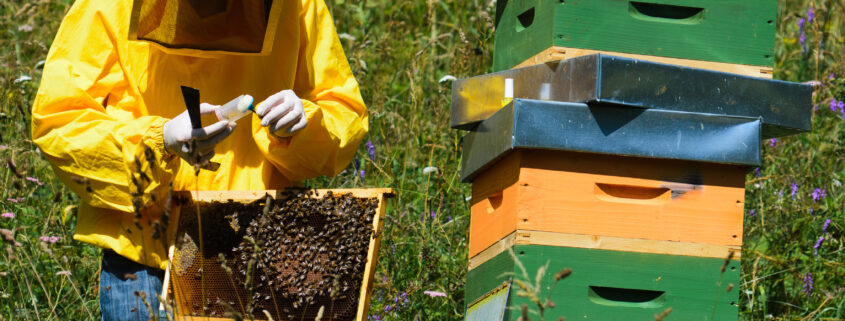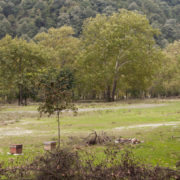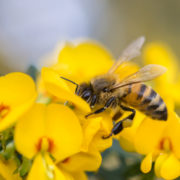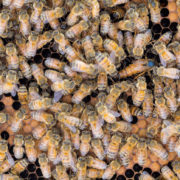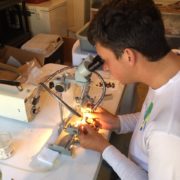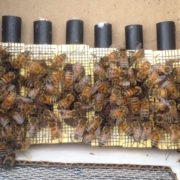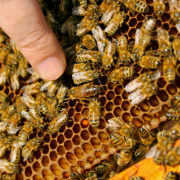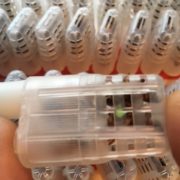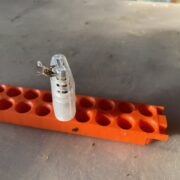How to Hold and Mark a Queen Honeybee
At Wildflower Meadows, we regularly need to hold and handle the queens we are raising. For example, queens must be caught and put into their traveling cages. In addition, they need to be held for marking, and sometimes, they need to be placed above or below a queen excluder for various reasons.
Beekeepers, especially new beekeepers, often wonder how to do this without damaging the queen or getting stung.
Handling a queen requires a bit of dexterity and concentration underneath abundant care and compassion for the queen herself. The beekeeper must always be careful. From a queen honeybee’s perspective, we beekeepers are clumsy giants that can injure fragile body parts with the slightest erroneous move. The queen honeybee is a small and delicate creature—and we should never forget that.
A queen honeybee has three main parts to her body: the head, thorax, and abdomen. If a queen is to be handled, the beekeeper must know that the most robust part of her body is her thorax, which is the hard, dark area that separates her head from her abdomen. On the other hand, the most sensitive parts of the queen are her head and her long, delicate abdomen. A queen bee’s abdomen is soft, fragile, and filled with all the queen’s vital reproductive parts. When a beekeeper mishandles a queen, it is most often because they apply pressure on the abdomen. This must be avoided. The best place, by far, to hold a queen is by her thorax.
Surprisingly, a queen’s wings are sturdy. Holding her by her wings is the next best way to grasp a queen. A skilled beekeeper can safely pick up a queen by grasping her two wings together without putting pressure on any other body part. This is typically how our beekeepers here at Wildflower Meadows handle queens for marking, as it leaves the thorax exposed for the mark.
If a queen bee is picked up by the wings, she may start to squirm. However, if she is given a soft and comfortable surface to place her legs on, she will hold her body still and relax. When marking a queen, we typically grasp the two wings, then encourage the queen bee to rest her legs either on one of our other fingers (usually the ring finger) or on our thigh. Once her feet are grabbing onto something, her demeanor becomes relaxed. It is then easy to mark her thorax.
For beekeepers who want to handle their queen bees for marking, a trick of the trade is to learn to pick up a queen with one’s nondominant hand (the left hand for a right-hander). This frees the writing hand to draw the mark with greater dexterity and control. Once the queen is marked, placing her into a cage is relatively straightforward by guiding the top half of her body into the hole of the cage. If over half of her body is already through the hole, she almost always naturally follows through and enters on her own when released.
Queen honeybees are exceptionally gentle and non-aggressive with beekeepers. For all intents and purposes, they don’t seem to ever want to sting people. Even though a queen bee has a stinger, which she doesn’t hesitate to use against other queen bees, the likelihood of her stinging a beekeeper is almost zero. We have beekeepers here at Wildflower Meadows who have handled tens of thousands of queens and have not ever been stung a single time by a queen honeybee!

